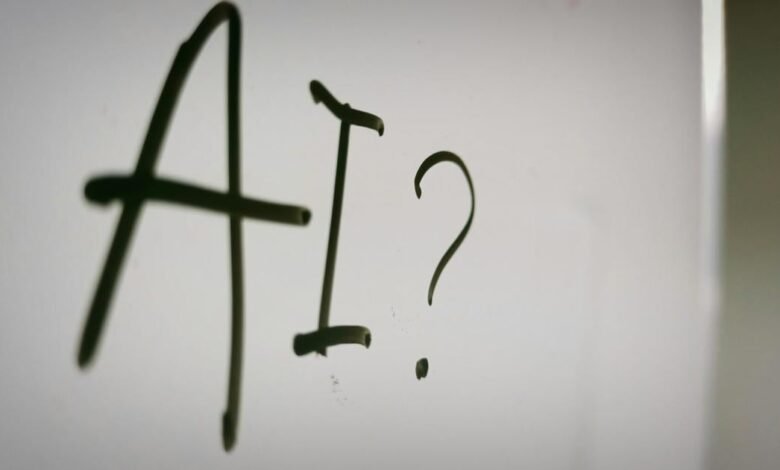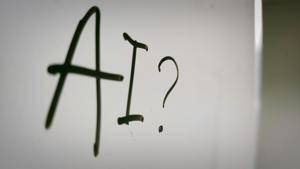Wisconsin internet child sex crime chief warns of ever-improving AI porn | Wisconsin


(The Center Square) – Wisconsin lawmakers got a shocking warning about artificial intelligence and child pornography – it is good and getting better.
In fact, Jacob Jansky, the director of the Internet Crimes Against Children Task Force, told the Legislative Council Study Committee on the Regulation of Artificial Intelligence on Wednesday that some of the best AI child porn made in America came from Wisconsin.
“When I say some of the best, I don’t mean some of the best literally. I mean best, meaning you couldn’t tell the difference between a real image and a fake image,” Jansky testified. “It was that well done. Because of the advancement in what he had and the way that he had trained that computer.”
Jansky said computer technology has now advanced so much that it is becoming increasingly difficult to tell real pictures from computer-generated ones and that means there will be new challenges in enforcing laws against AI porn.
“Across the country there are 4,700 reports of CSAM, or child sexual abuse material, utilizing generative AI across the country,” Jansky added. “Now that is a very small portion of what’s actually out there.”
The legislature’s committee is looking for recommendations that lawmakers could vote on in the future for new laws.
Jansky said the threat from AI is not just child pornography.
“One of the big things that I think we’ve had a big push at DOJ about is sex-stortion,” Jansky explained. “It’s really going to change. I think AI is really going to change how that comes about.”
He’s also warning about how AI will change phishing scams.
“I think everybody has seen those phishing emails that come from Amazon, but there’s a bunch of spelling errors or it’s not grammatically correct. [AI] will clean that up for anybody, so if you want it to send a phishing email, and you wanted it to sound legit you’d send it through ChatGPT and it would print out a very nicely worded, legitimate email for you,” Janskyu explained. “We’re seeing some of that, where it’s getting harder and harder to tell the phishing emails from the actual emails.”
Source link
